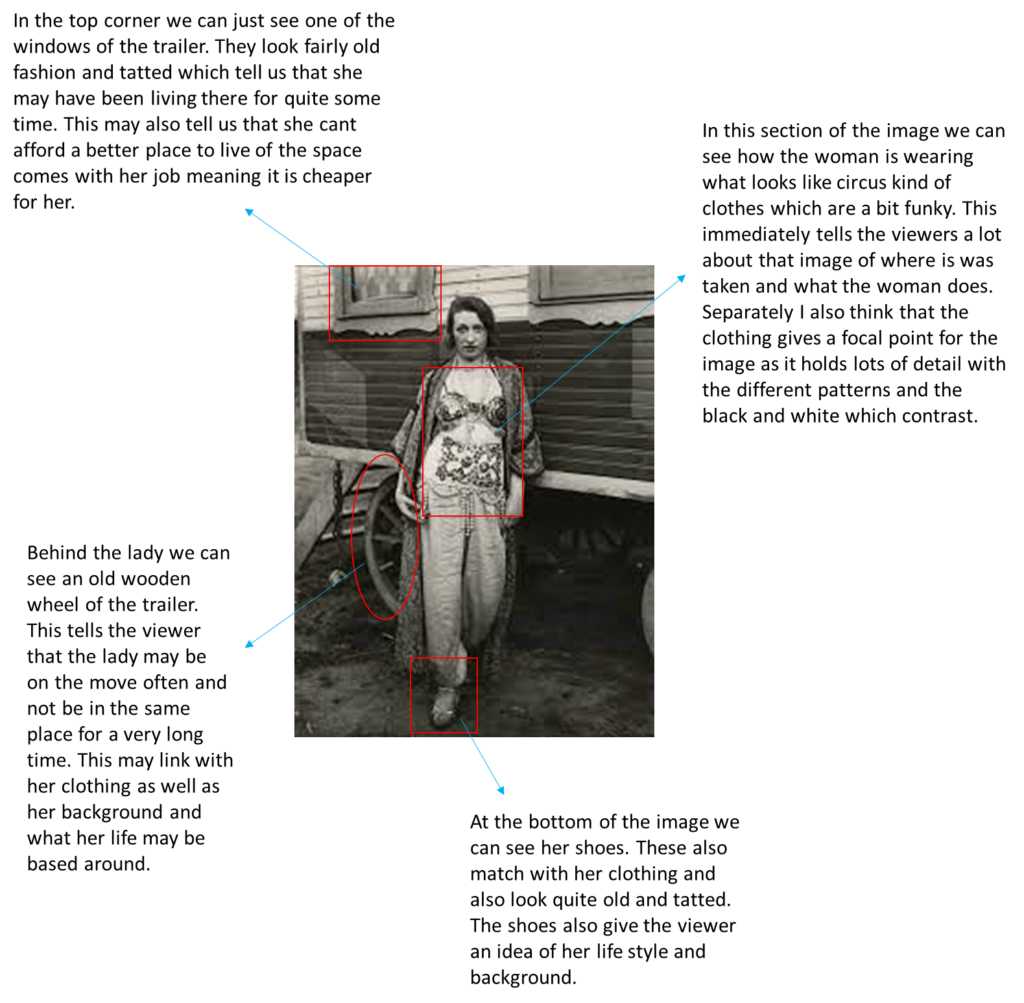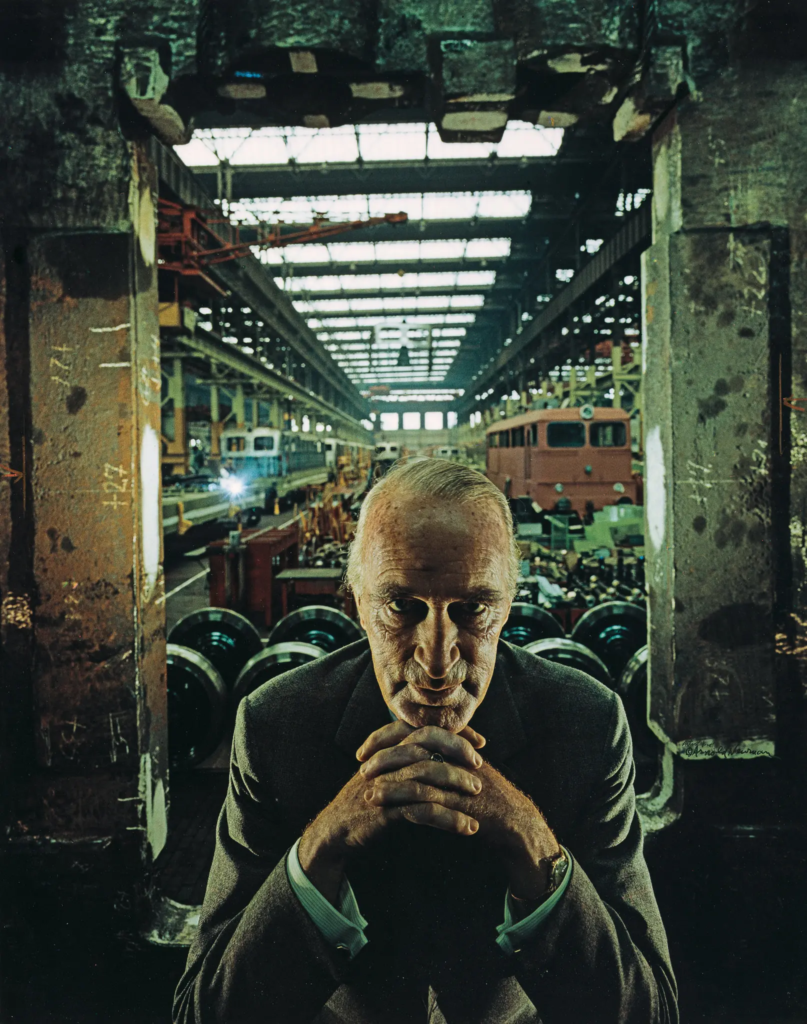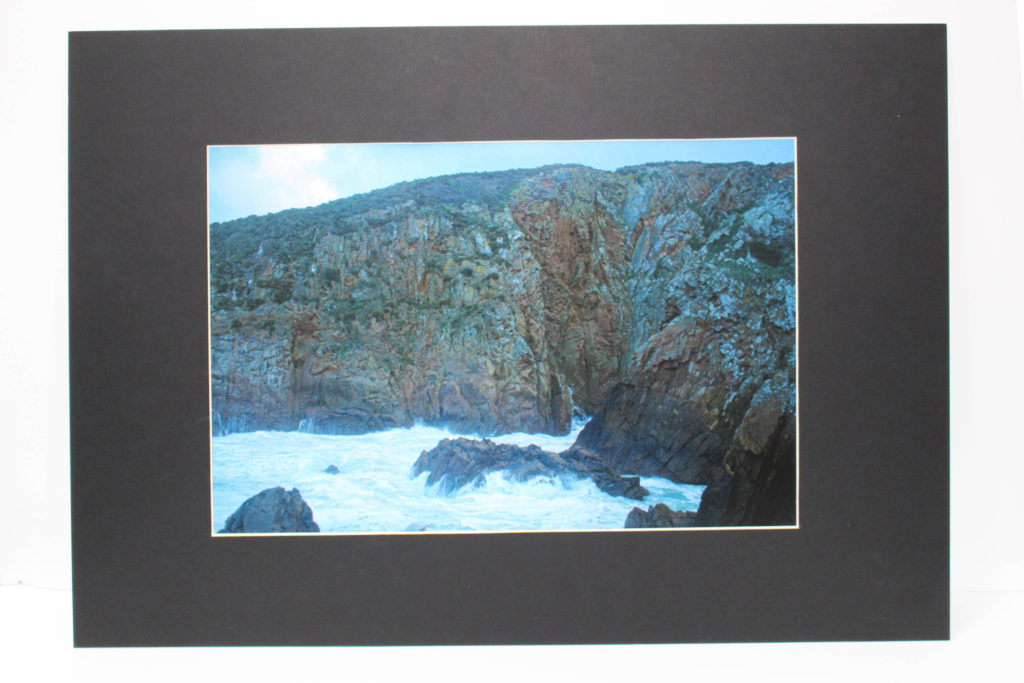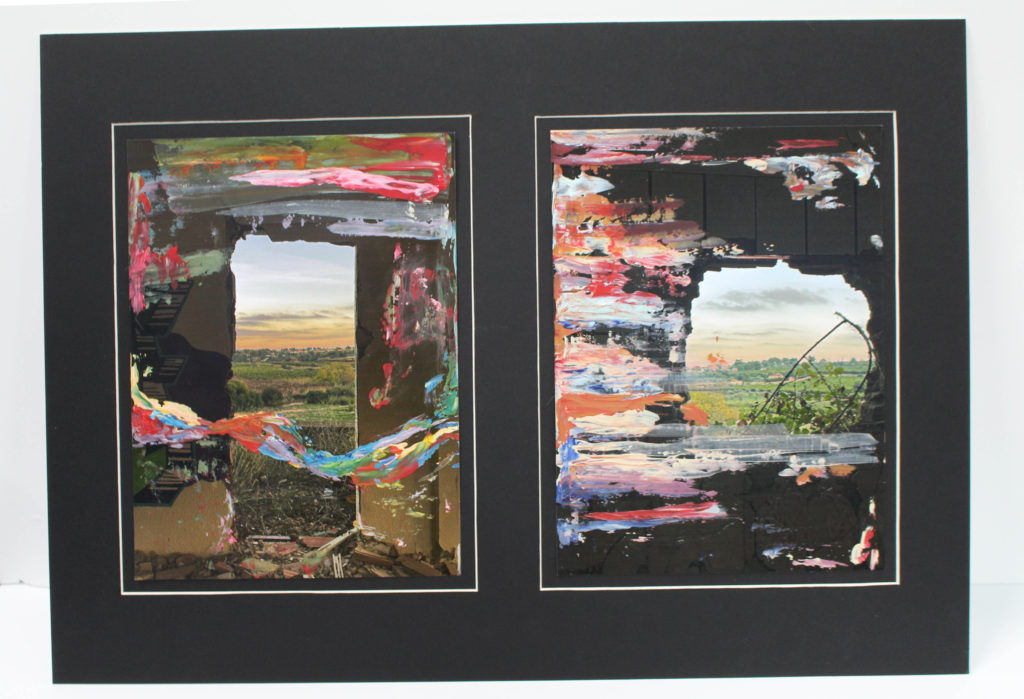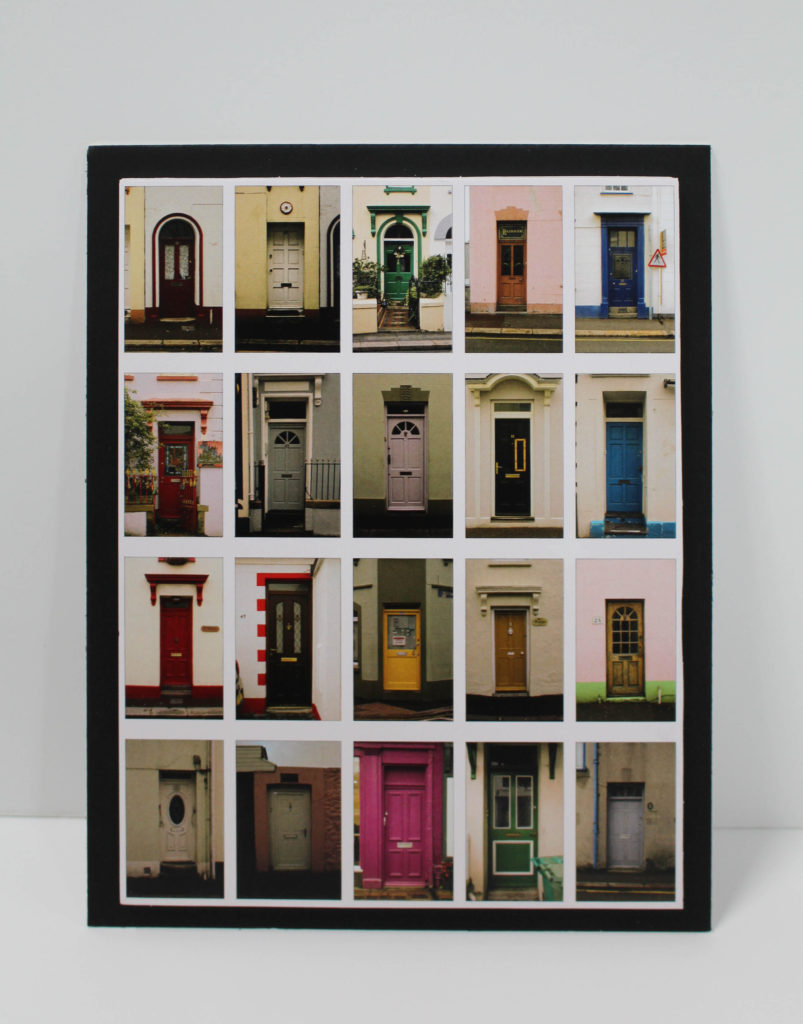who was he:
Sander was a German photographer who focused on the portrait and documentary side of the industry. Initially he took up photography as a hobby which then began to grow massively for him, becoming known as the most important German portrait photographer in the early twentieth century. He got his first camera in 1892 and began taking image of regular things in life, as well as teaching himself photography, after military service before he then took it up professionally. He opened a studio by 1904 in Linz Austria. His photography includes many different styles however he was best known for his portraits which he created a series of and published a book of them called ‘Face of Our Time’ in 1929 with a selection of 60 images. Sander kept to his traditional methods by using the same camera for a very long time, as opposed to getting to newest technology. He often didn’t name the image he left them anonymous as he found the image should speak for themselves. Sander made a big impact on the photography industry at the time, influencing many such as Walker Evans and Dorothea Lange, as well as conceptual artists like Bernd and Hilla Becher. Sander had a life long project called ‘Man of the Twentieth Century’ to document people of his native. He ended up with over 600 images of German people, however they got banned by the Nazi’s as they didn’t fit with the ideal Aryan type. His book ‘Face of Our Time’ also got seized in 1936 because of this and the images plates were destroyed. He also took images of Cologne which a large number of them were sold and was published in a book form in 1988. Sander then died in Cologne on the 20th of April 1964.
some of his work:

image analysis:
